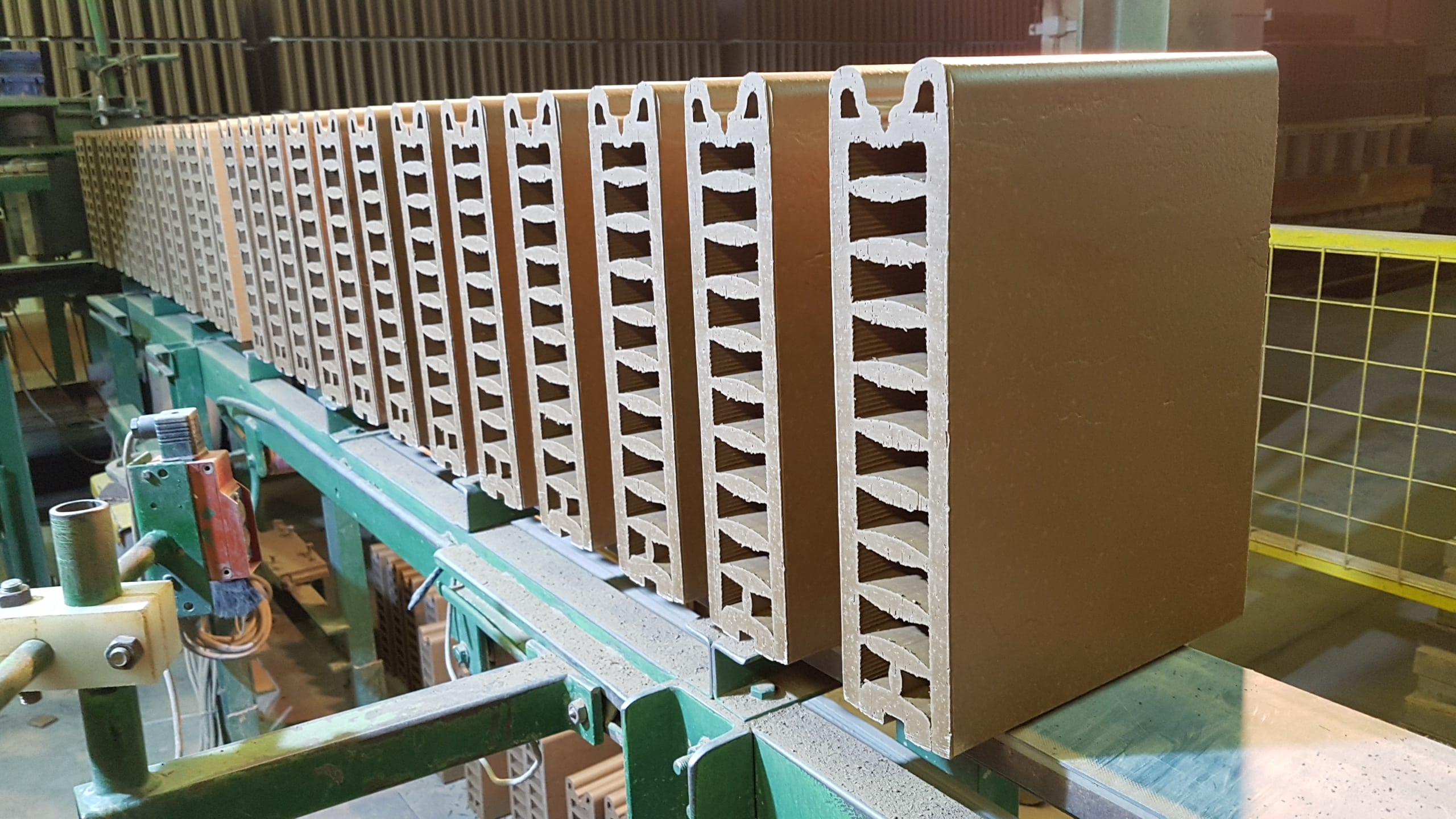
17 Dec The ceramic split-tile production technique with Verdés extruders
As you may know, we find the origin of the very first ceramic tiles and mosaics in the Ancient History (in the Babylonian and Roman Empires). Then in the middle age, after centuries of austerity and decline, the use of ceramic tiles as ornamental element in monuments and public buildings, became popular again thanks to the influence of the Muslims who introduced their techniques and geometrical designs in Europe through Spain and the old Al-Andalus.
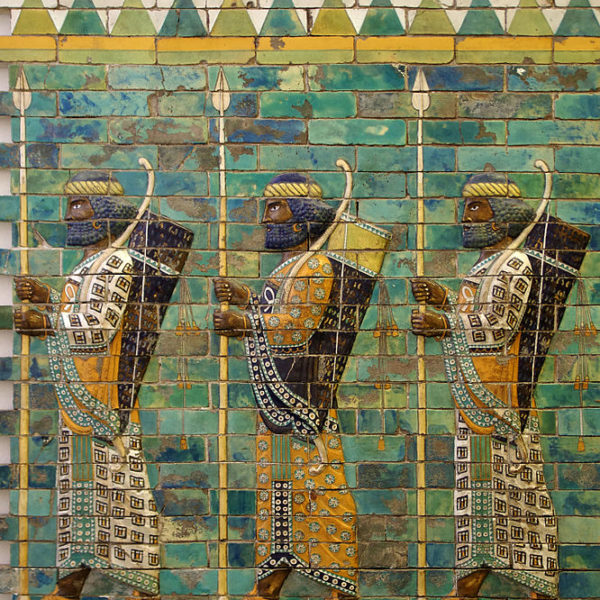
Old Babylonian tiles 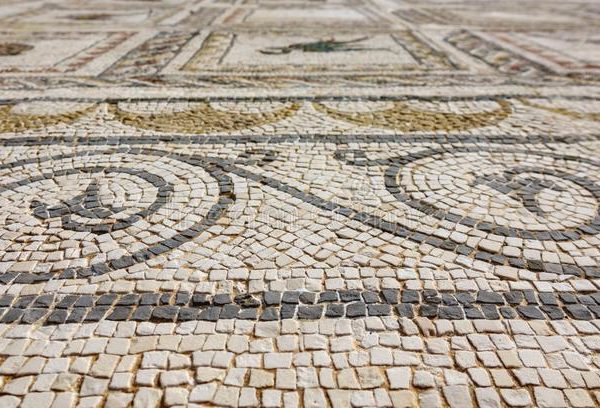
Old Roman mosaic 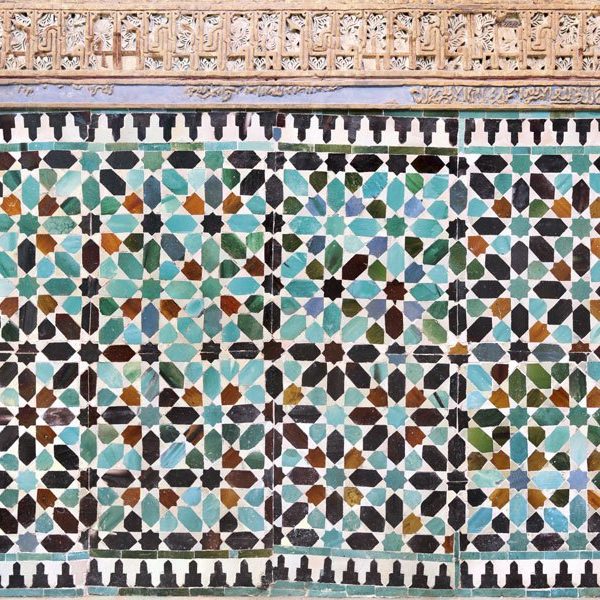
Old andalusi tiles
So, as we see ceramic tiles in Spain have a very long tradition and popularity. And over the centuries artisans and producers have improved and evolved their production techniques up to the industrial and technological ceramic tile production process of the modern times.
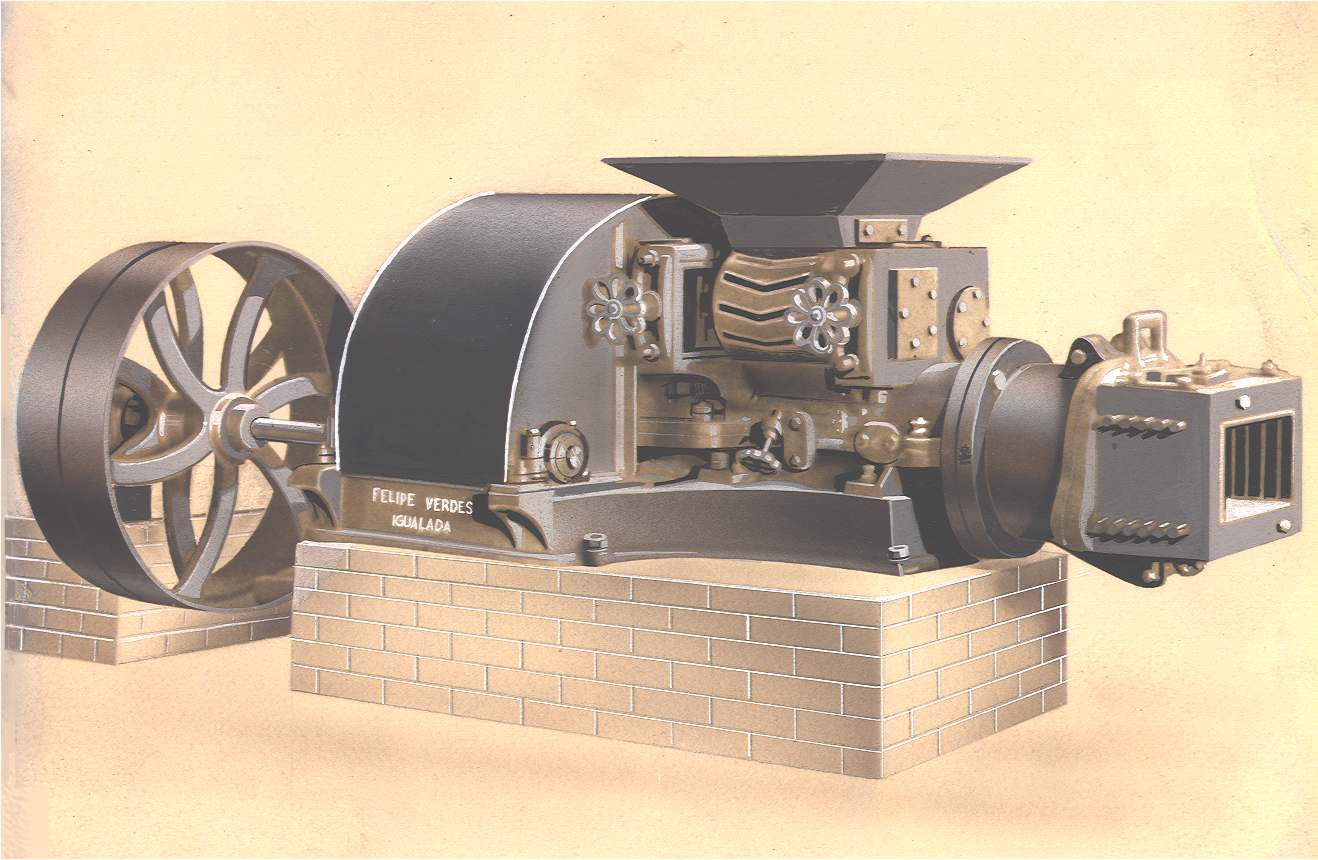
Thanks to this long tradition and deep roots of the ceramic products in the Spanish and Mediterranean cultures, nowadays Spain is the country that leads the production of the industry, both in terms of quantity and quality of the ceramic products, and also the export figures, being the second country in number of ceramic product exportations, just surpassed by China.
Hence at Verdés, with more than 111 years of history, and hundreds of active Verdés machines spread over Spain and thousands of them currently working in more than 60 countries, we feel very proud of being part of the ceramic tile modern history by helping our Clients with our clay preparation and shaping machines.
Nowadays, among the heavy clay sector, a steady growing demand is observed only for products with outstanding technical and aesthetic characteristics such as top-quality ceramic tiles and steps, ventilated facades, facing bricks and roof tiles. Thus, we would like to illustrate how ceramic tiles and steps are made with Verdés machines following the split-tile system.
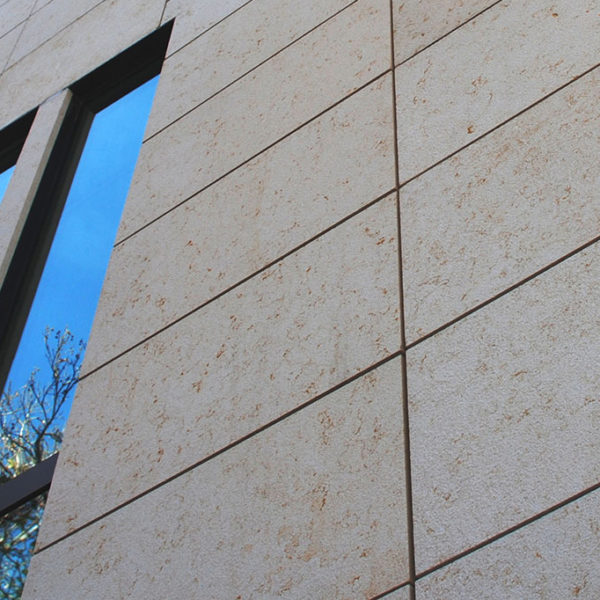
ventilated facades 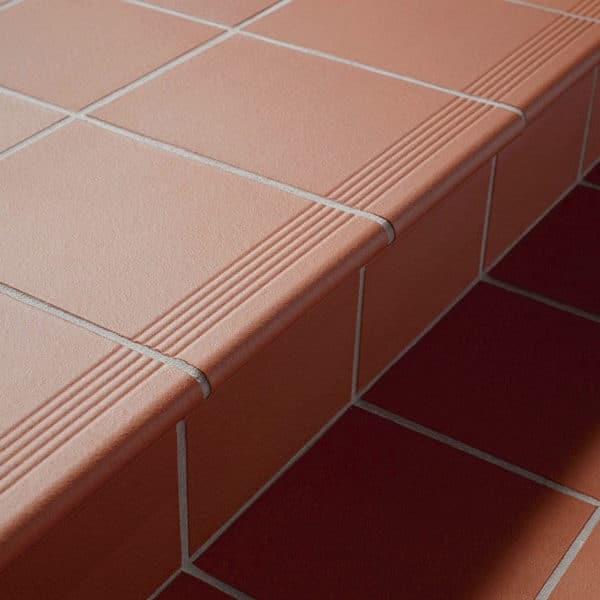
gres klinker steps 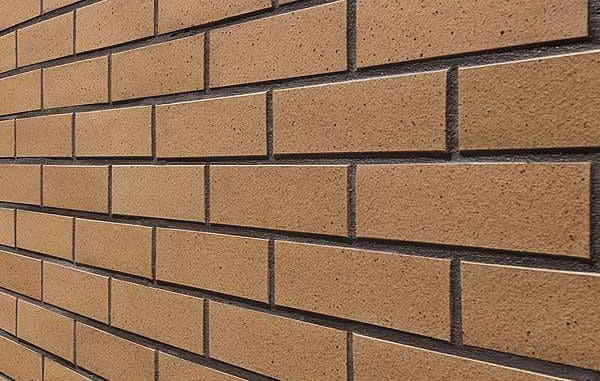
facing bricks 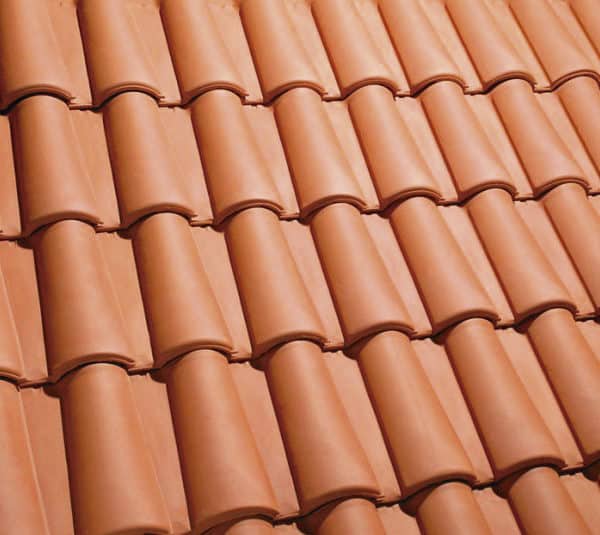
roof tiles
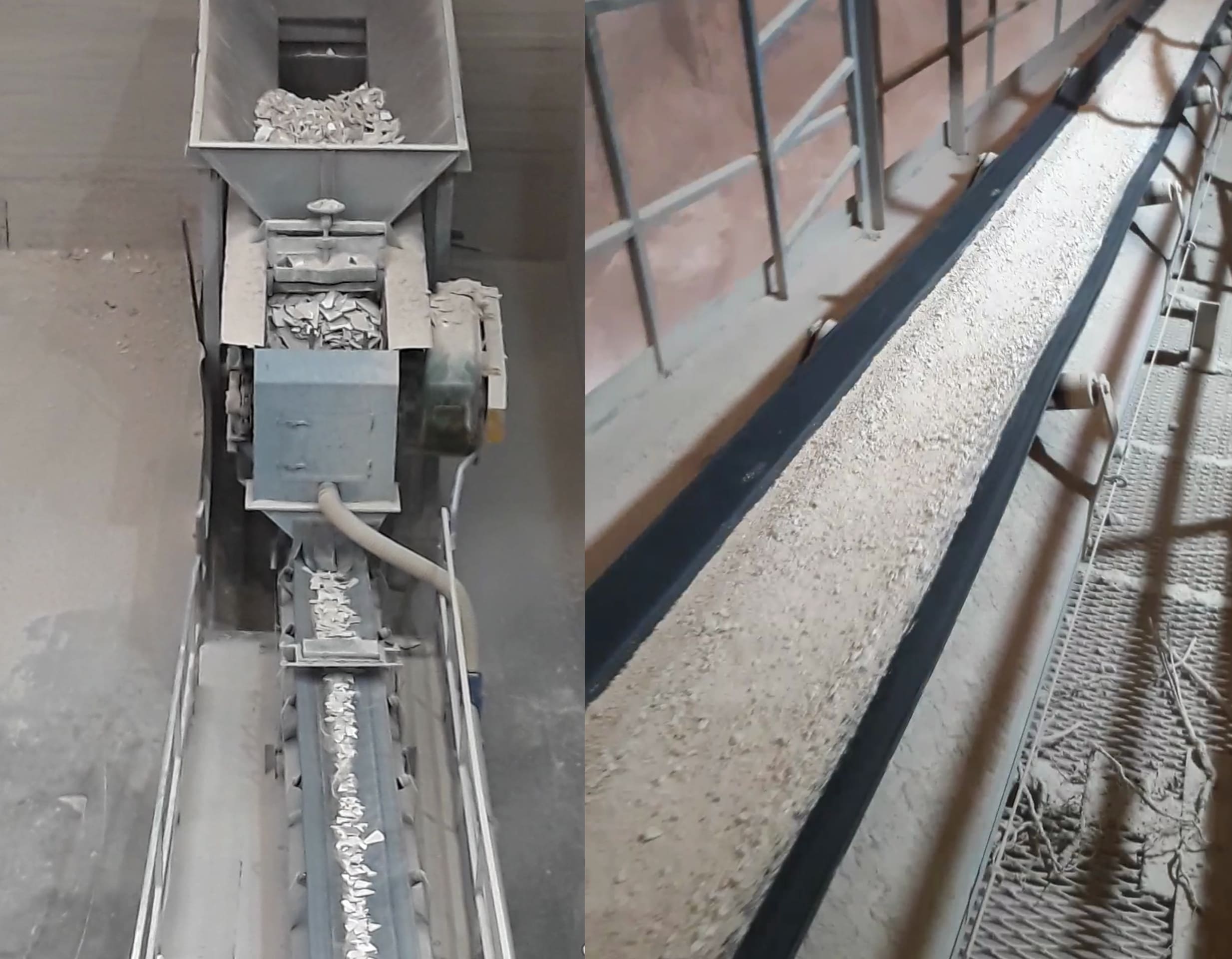
Clinker steps and floor tiles are exclusively made from varieties of high-melting clays. The obligatory composition of the recipe for this clinker is “chamotte” (aka grog, firesand) – this is essentially the same clinker that has already been fired in a kiln, but after that it is crushed by hammer mill and added to the clay mix in preparation area from a 5% to 15%. Chamotte is necessary for the “lean of the mass” – i.e. reducing plasticity, it improves drying characteristics, reduces fire shrinkage, facilitates the firing mode (heating mode and cooling mode), does not change the chemical composition of the mixture (raw materials). In addition, the use of chamotte in the charge is important from the point of view of environmental protection and the creation of non-waste production technology.
Clinker is normally produced by the method of vertical extrusion, being the Verdés Magna and Magnabloc extruders, the ideal machine for this process. At the modern plants, right after the cutter, raw material is moved by fully automated setting systems without touching of front surfaces. After the material enters the drying chambers, where the raw material units are dried up to 40 hours at a temperature of 90 to 98 Celsius degrees. After preliminary drying, the raw materials are supplied on the conveyor belt for glazing and painting (if necessary). Further, the workpieces by mechanisms are placed in a special way on the carriage in 2-3-4 rows in height and undergo long-term firing on the carriage in a tunnel kiln 100 or more meters long at a temperature of 1100 to 1300 Celsius degrees for 70-80 hours (3 days).
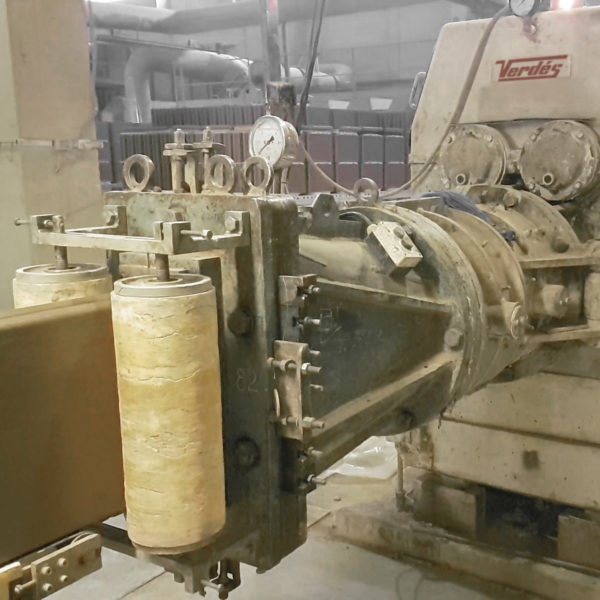
Verdés split tile extruder 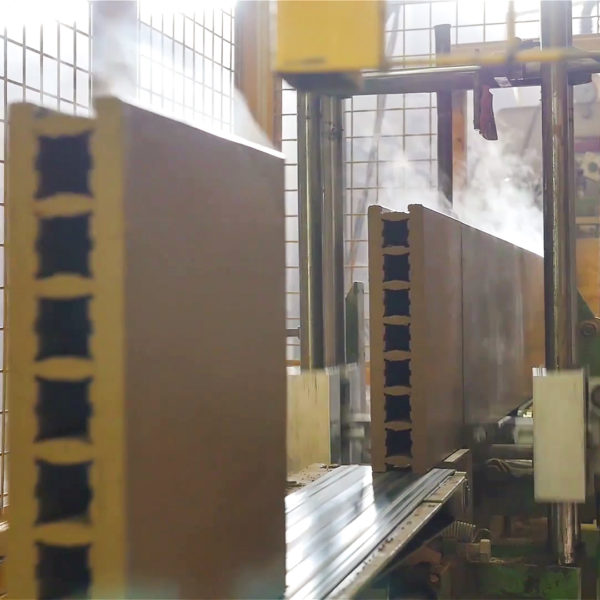
split tile 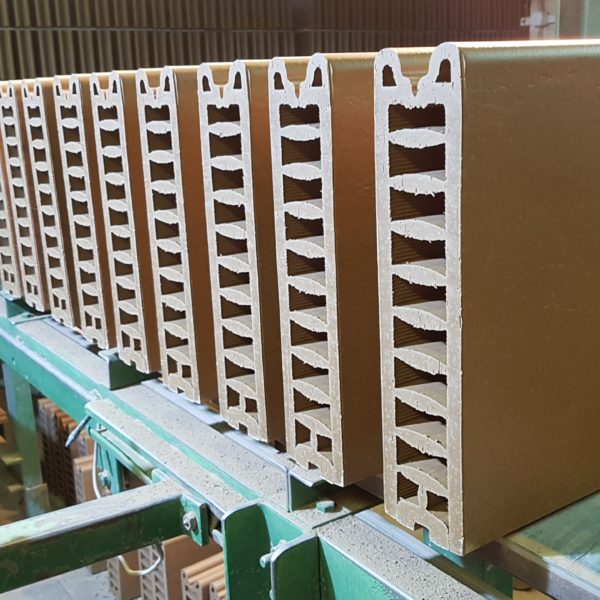
split tile
After the steps and tiles have been fired in a tunnel kiln – they are “separated” from each other by special equipment. That’s why this technology is called split-tile. This is followed by packaging in boxes and on pallets. After which the material is sent to customers.
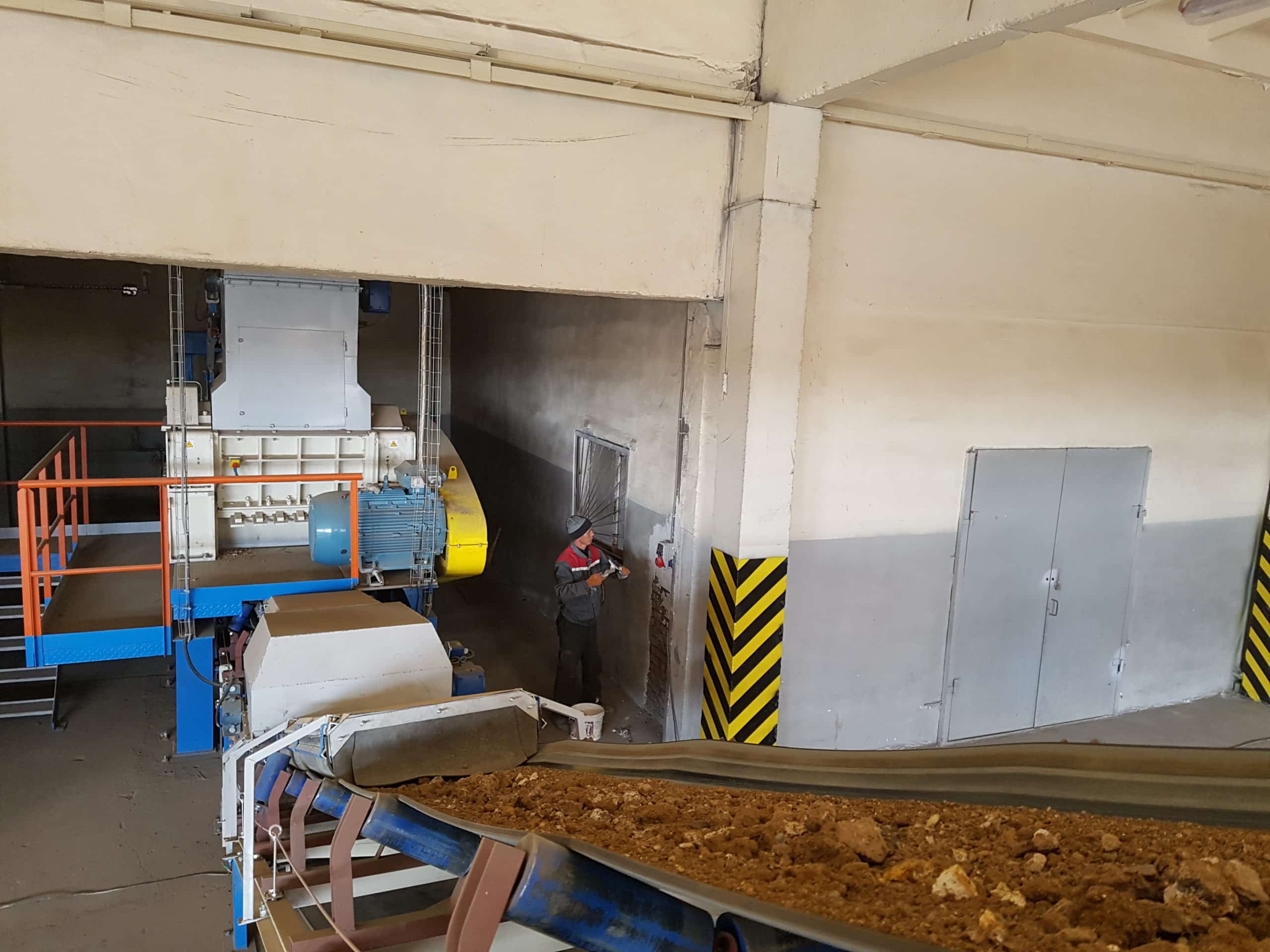
For all this, clinker production technology is based on the proper preparation of raw materials.
At this point, the producer must homogenize the clay and eliminate the heterogeneity that is characteristic of it in the quarry, ensuring the supply of material with constant characteristics to the plant. In addition to the natural physical impact of the environment, to destroy large lumps of freshly extracted clay, it makes sense to use a Verdés Primary Crusher already at this stage.
However, the key aspect of the manufacturing process is to obtain a FINE grinding of raw materials. So fine milling can be achieved both by dry and semi-wet methods with Verdés machines. Each of these methods has several features:
– Dry method of preparation of raw materials: produced by Verdés Hammer Mills (grinding with a thickness of up to 0.2 … 0.7 mm), or Verdés Pendulum Mills (grinding with a thickness of less than 200 microns).
– Semi-wet method of preparation of raw materials: involves the use of a cascade of Verdés OPTIMA Roller Mills, including at the end a Verdés OPTIMA fine roller mill for grinding at real working gap of 0.6 … 0.8 mm.
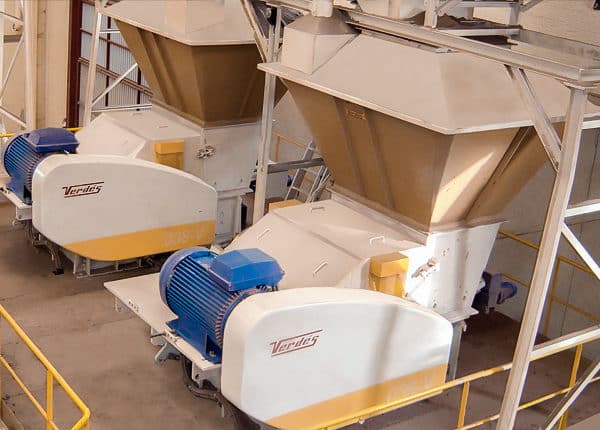
Verdés Hammer mills 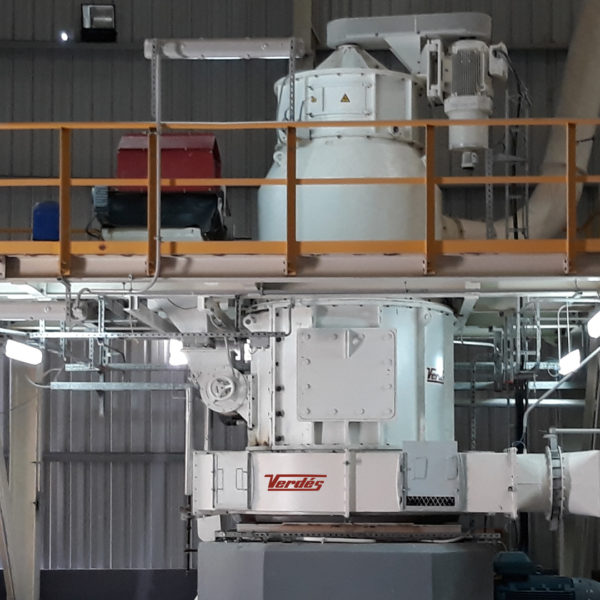
Verdés Pendulum Mill 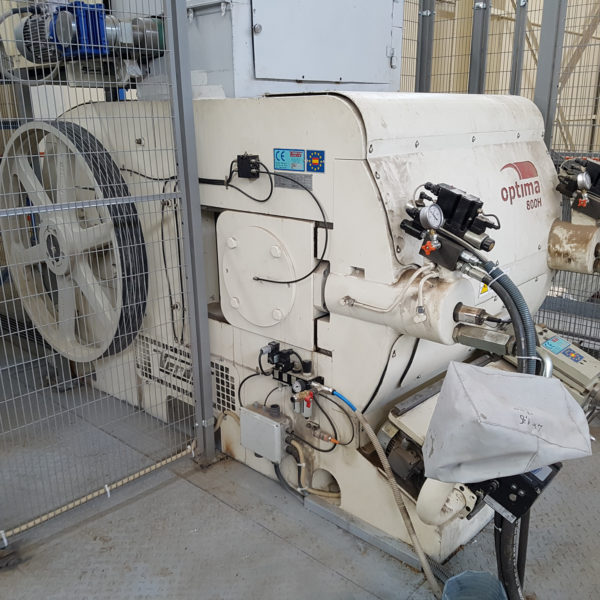
Verdés Optima Roller Mill
At Verdés we let our Customers to perform previous grinding tests with their clays in our modern laboratory facilities. Equipped with process machinery, including a hammer mill, roller mill, disintegrator, mixer and extruder and other measuring devices. This is a service that Verdés provides to its customers in order to select the most suitable grinding and extrusion processes, whilst ensuring performance and the quality of the final product that the client will produce.

